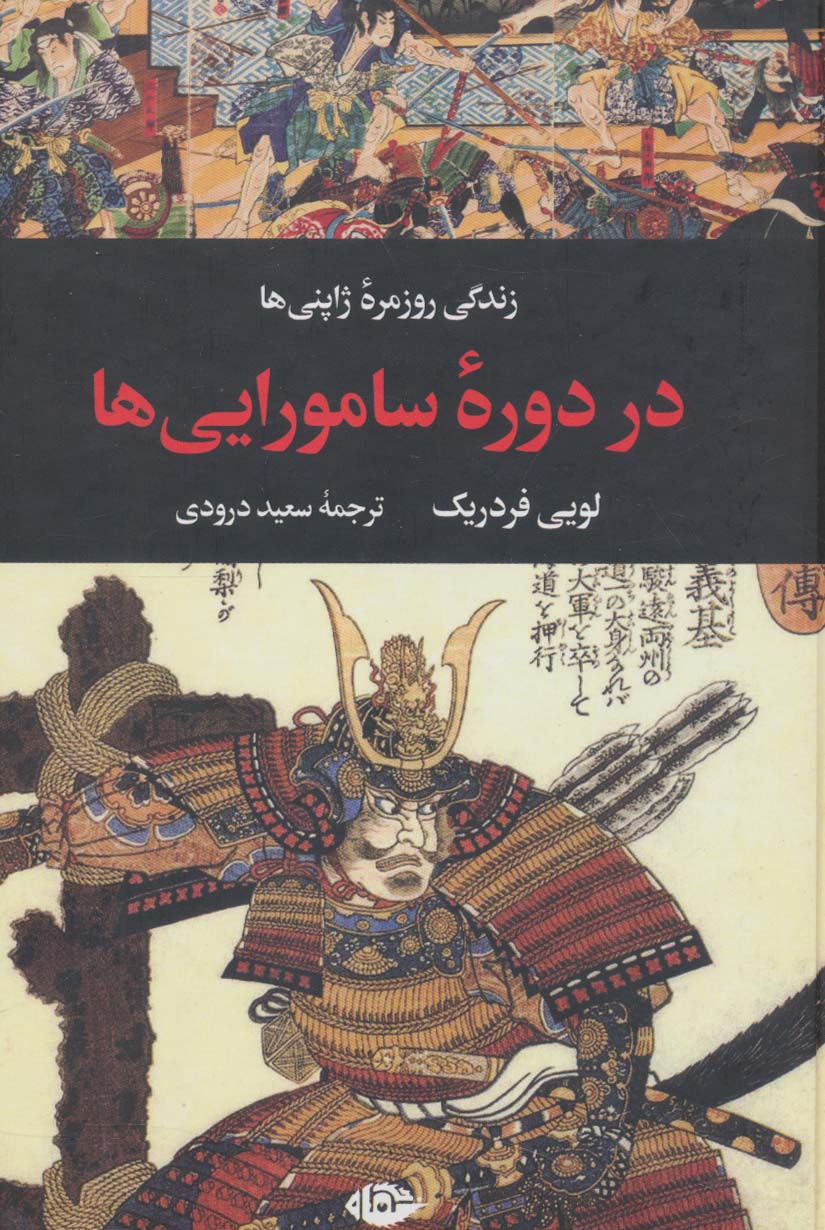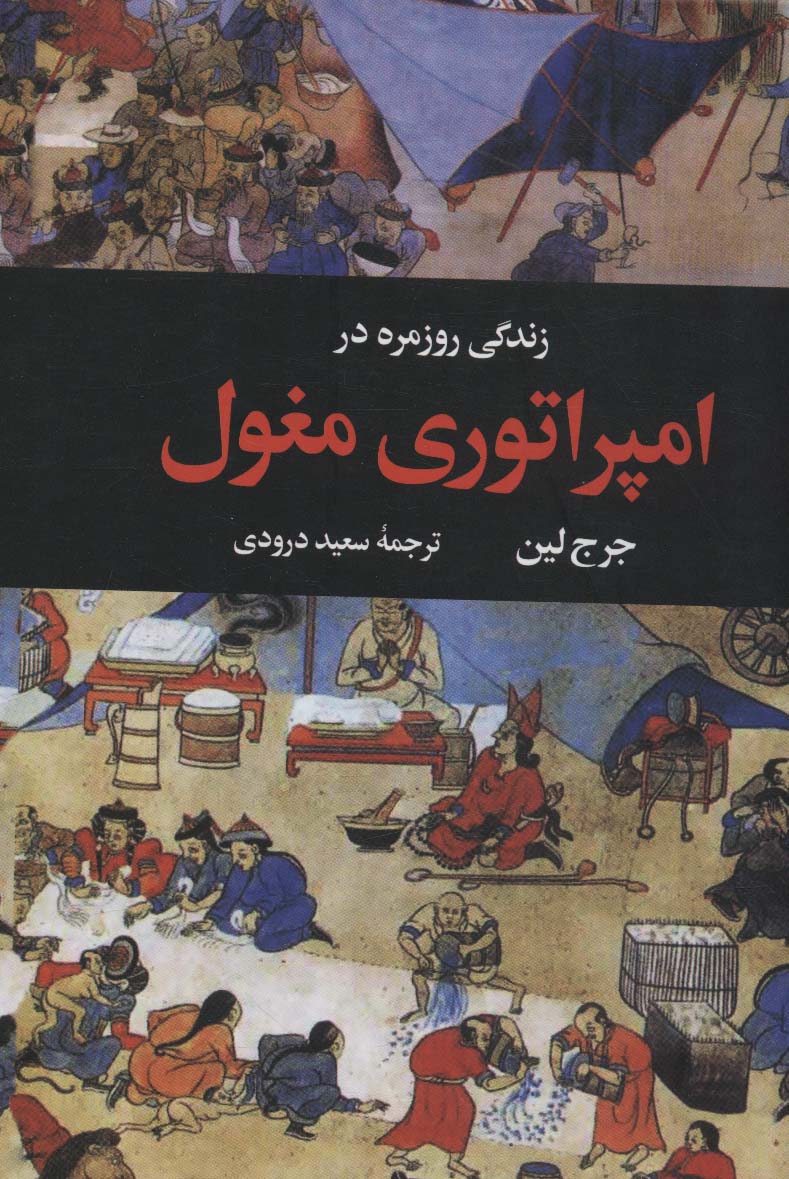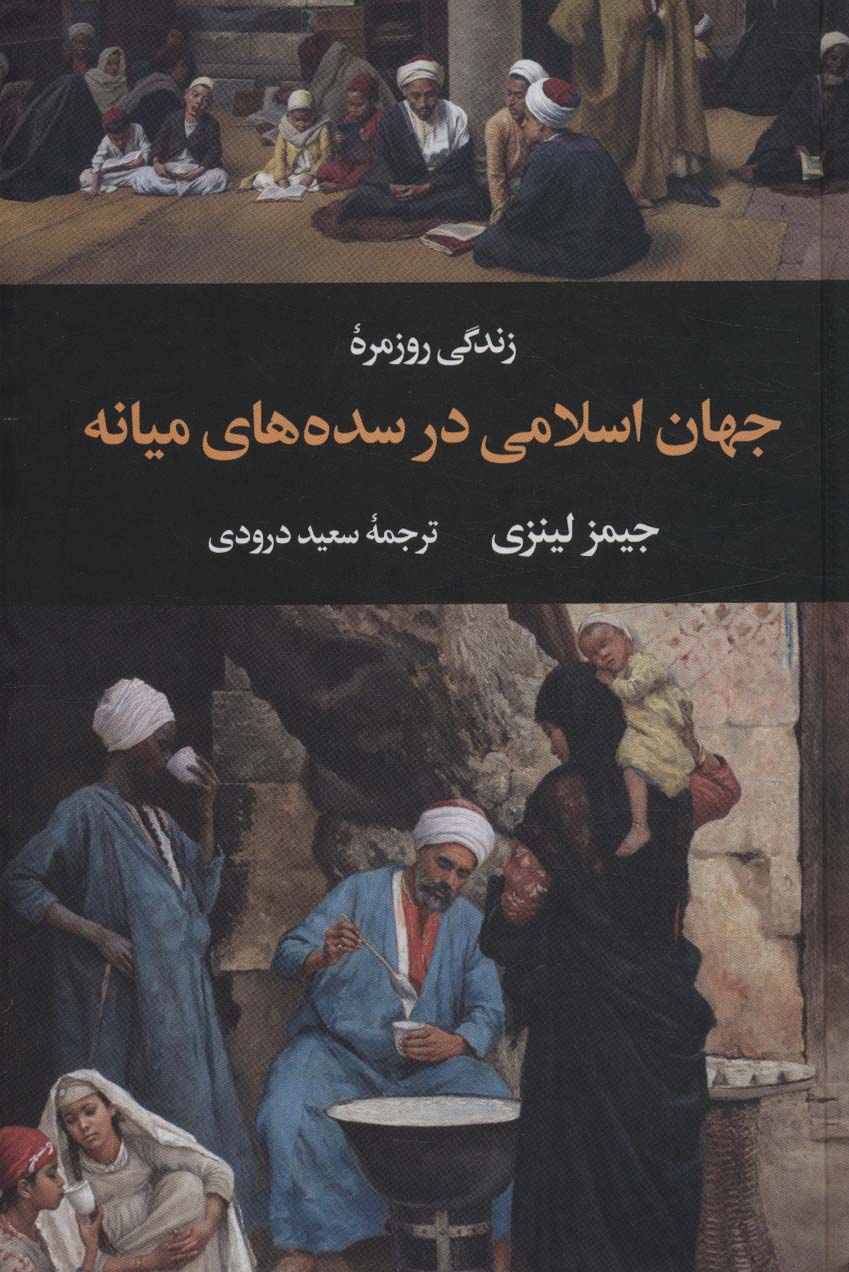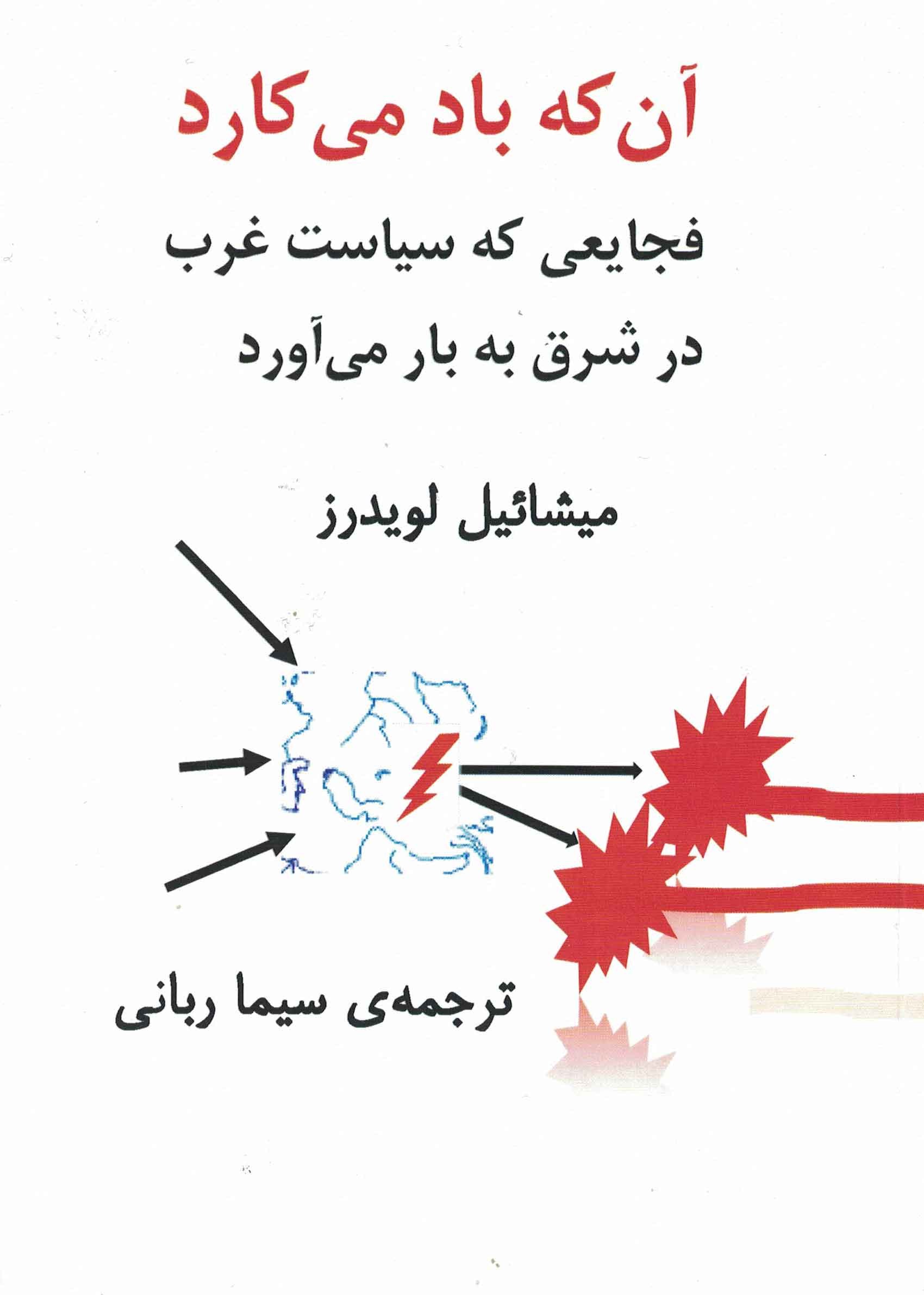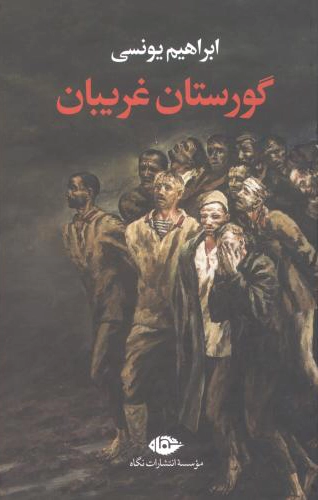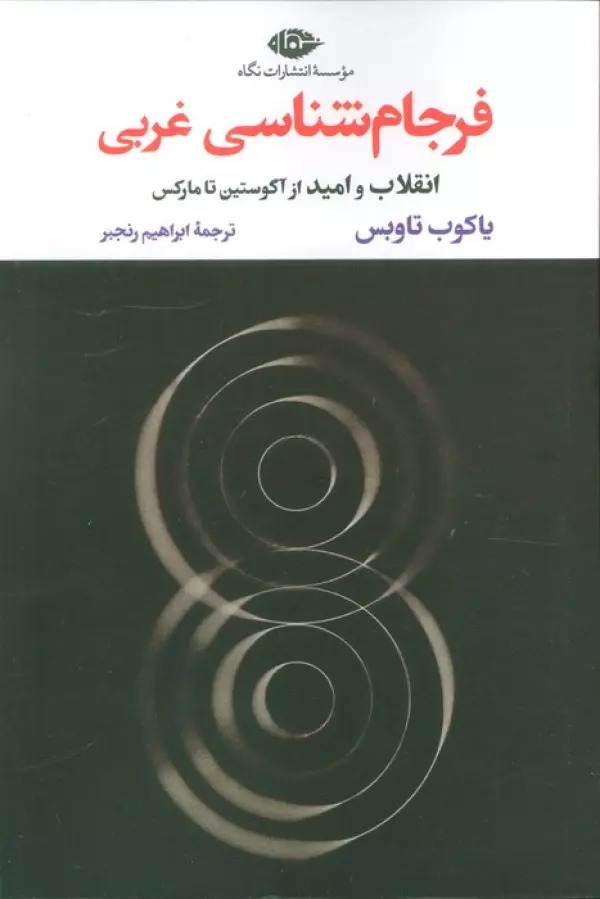زندگی روزمره ژاپنی ها در دوره سامورایی ها فارسی 1401
Zindigī-yi rūzmarah dar dawrah-yi sāmurāyī'hā
27٫32 $
اشتراکگذاری
Wishlist
عنوان اصلی:
Daily Life in Japan at the Time of the Samurai
,
1185-1603
شابک:
9786222673154
مترجم:
Sa'id Darrudi
ناشر:
Nigah
گروه سنی:
بزرگسال
صفحات:
456
وزن:
545 g
ابعاد:
14 x 21 x 5٫5 cm
جلد کتاب:
جلد سخت
From the 10th century onwards, Japanese emperors gradually lost power. Local lords or clan chiefs waged ceaseless war against each other, while the court, steeped in Chinese culture, seemed no longer interested in the affairs of the country. In 1191, the Minamoto clan overcame the riots and finally imposed its rule. Hard work, respect for hierarchy, the cult of nationalism, sense of selflessness and duty - this was the new trend. The Buddhist doctrine of Zen appeared. It gave the samurai mystical support, and the Japanese soul was henceforth directed toward a political and religious asceticism that greatly influenced all aspects of art, thought, and daily life. Acclaimed in the "classic" period of Japanese history, the author explores what life was like for the Japanese people during these five centuries, and shows how a transformation of heart and mind created a civilization just as original and profound.
more
از قرن دهم به بعد امپراتوران ژاپن به تدریج قدرت را از دست دادند. اربابان محلی یا روسای قبیله جنگی بی وقفه علیه یکدیگر به راه انداختند، در حالی که دربار که کاملا غرق در فرهنگ چینی بود، به نظر میرسید که دیگر علاقهای به امور کشور نداشت. در سال 1191 قبیله میناموتو بر آشوبها چیره شد و سرانجام حکومت خود را تحمیل کرد. سخت کوشی، احترام به سلسله مراتب، کیش ملی گرایی، احساس از خودگذشتگی و وظیفه - این روند جدید بود. آموزه بودایی ذن ظاهر شد. از ساموراییها حمایت عرفانی میکرد و روح ژاپنی از این پس به سمت یک زهد سیاسی و مذهبی هدایت میشد که تأثیر زیادی بر همه جنبههای هنر، اندیشه و زندگی روزمره داشت. نویسنده که در دوره «کلاسیک» تاریخ ژاپن به رسمیت شناخته شده است، زندگی مردم ژاپن در طول این پنج قرن چگونه بوده است، و نشان می دهد که چگونه دگرگونی قلب و ذهن، تمدنی به همان اصیل و عمیق ایجاد کرد.
more

